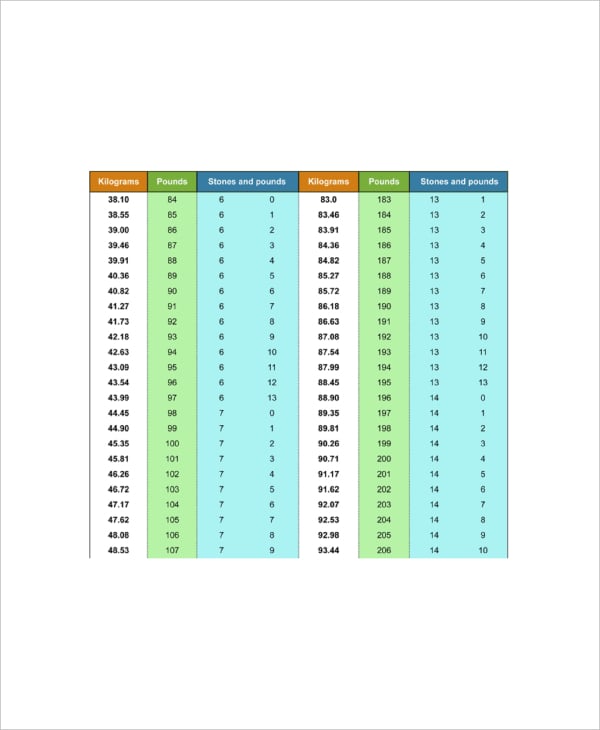

The formal definition of the kilogram changed in 2019.

Kilogram to Stone (US) Conversion Table Kilogram ġ5 kg = 15 × 0.1763698097 stone (US) = 2.One kilogram is equal to 1,000 grams, 2.204623 pounds, or 1/1,000 of a metric ton. Most other countries measure body weight in kilograms, and in some cases, in pounds. In 1350, the stone was standardized to be used for wool at a weight of 14 pounds, and in 1835, the United Kingdom adopted this definition for use in the imperial system.Ĭurrent use: The stone as a unit of mass is used mostly in the United Kingdom for measuring body weight. In England, the stone had multiple definitions throughout history, based on the commodity and on local standards. Standardized stones were historically used for trade in England as well as some countries in northern Europe. History/origin: The name "stone" is derived from the use of stones as weights since antiquity. It is defined as 14 pounds or 6.35029318 kilograms. Stoneĭefinition: A stone (symbol: st) is an English and imperial unit of mass. This is evidenced by the fact that the mass of the original prototype for the kilogram now weighs 50 micrograms less than other copies of the standard kilogram.Ĭurrent use: As a base unit of SI, the kilogram is used globally in nearly all fields and applications, with the exception of countries like the United States, where the kilogram is used in many areas, at least to some extent (such as science, industry, government, and the military) but typically not in everyday applications. Prior to the current definition, the kilogram was defined as being equal to the mass of a physical prototype, a cylinder made of a platinum-iridium alloy, which was an imperfect measure. The kilogram was originally defined as the mass of one liter of water at its freezing point in 1794, but was eventually re-defined, since measuring the mass of a volume of water was imprecise and cumbersome.Ī new definition of the kilogram was introduced in 2019 based on Planck's constant and changes to the definition of the second. This is at least in part due to the inconsistencies and lack of coherence that can arise through use of centimeter-gram-second systems, such as those between the systems of electrostatic and electromagnetic units. SI is a system based on the meter-kilogram-second system of units rather than a centimeter-gram-second system. Unlike the other SI base units, the kilogram is the only SI base unit with an SI prefix. History/origin: The name kilogram was derived from the French "kilogramme," which in turn came from adding Greek terminology meaning "a thousand," before the Late Latin term "gramma" meaning "a small weight."

The changes were intended to improve the definitions of SI base units, not to actually change how the units are used throughout the world. Even though the definition of the kilogram was changed in 2019, the actual size of the unit remained the same. The meter and the second are defined in terms of c, the speed of light, and cesium frequency, Δ νCs. It is currently defined based on the fixed numerical value of the Planck constant, h, which is equal to 6.62607015 × 10 -34 in the units of J Definition: A kilogram (symbol: kg) is the base unit of mass in the International System of Units (SI).


 0 kommentar(er)
0 kommentar(er)
